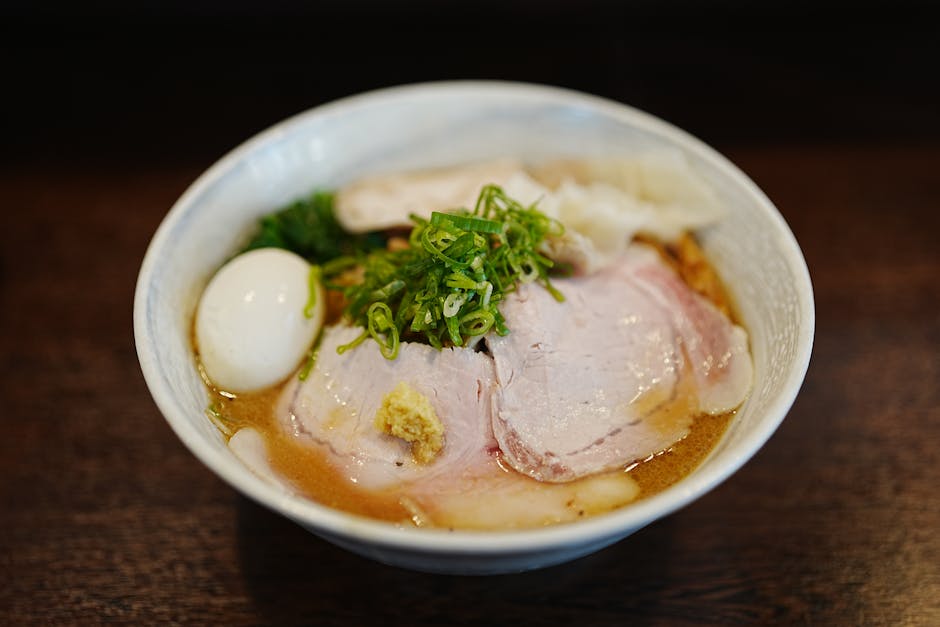
Bizarre Culinary Traditions That Will Leave You Speechless
Have you ever wondered about the strangest culinary traditions in the world? From peculiar ingredients to unusual preparation techniques, many cultures have fascinating food practices that may leave you speechless. Join us on a journey to explore some of the most bizarre culinary traditions that will definitely pique your curiosity.
1. Balut - Philippines:
One of the most notorious foods in the Philippines is Balut, a developing bird embryo, usually duck, that is boiled and consumed straight from the shell. While it may sound repulsive to some, Balut is considered a delicacy in the country and often enjoyed with a sprinkling of salt and vinegar.
2. Hákarl - Iceland:
Hákarl is fermented shark meat, a traditional delicacy in Iceland. Prepared by burying shark meat underground for several months until it reaches a decomposed state, this dish has an overwhelming ammonia smell, making it an acquired taste.
3. Escamoles - Mexico:
Escamoles, also known as ant eggs caviar, are harvested from the roots of agave plants. With a nutty and buttery flavor, these ant larvae are often sautéed and used as a filling in tacos or omelets. Despite their unusual origin, these tiny eggs are considered a delicacy in Mexico.
4. Thousand-Year-Old Eggs - China:
Thousand-Year-Old Eggs, also called Century Eggs, are preserved eggs that are soaked in a mixture of clay, ash, salt, quicklime, and rice hulls for several weeks or months. The result is a dark-colored egg with a jelly-like texture and a pungent aroma. These eggs are commonly eaten on their own or used in various dishes in Chinese cuisine.
5. Surströmming - Sweden:
Surströmming is fermented herring, a traditional Swedish dish known for its overpowering smell. The fermentation process creates a strong and pungent aroma that has often been described as a mixture of rotten eggs and raw sewage. Surströmming is typically enjoyed with crispy bread, potatoes, onions, and sour cream.
These are just a few examples of the many bizarre culinary traditions practiced around the world. While these foods may seem strange to some, they reflect the rich diversity of global cuisine and the unique tastes and preferences of different cultures.
